There’s nothing better than plunging into cool water on a hot, sunny day. As for what you wear when you do the plunging, it’s been a matter of much-debated fashion longer than you might imagine.
Just as with any other clothing item, bathing suit styles reflect the socio-political aspects of the period when they were worn.
The health benefits of sea water have long been known, but they were made fashionable when King George III visited the resort of Weymouth on the south coast of England in the late 1700s. Even though Georgian fashion dictated low-cut dresses, allowing one’s leg or ankle to be seen was simply not allowed, and so the main purpose of the early bathing suit was to cover the wearer so that they could remain modest while swimming. By the early 1800s, thus covered, seaside bathing had become a favorite pastime for certain Englishwomen.
The birth of the railway and the widespread idea of leisure in Western societies made the beach more accessible place. Ladies’ swimwear from this period was black and included woolen bloomers and black stockings, complemented by a pair of drawers and sleeves that assured women’s modesty. Swimmers in North America added swimming corsets and hose. The woolen fabric aimed to protect the swimmers from the cold water. It was more than necessary for the bathing suit to be in line with Victorian standards of propriety and hinder any possible exposure of bare skin. From around 1860, even men, for whom swimming naked was previously considered acceptable, were urged to cover up.
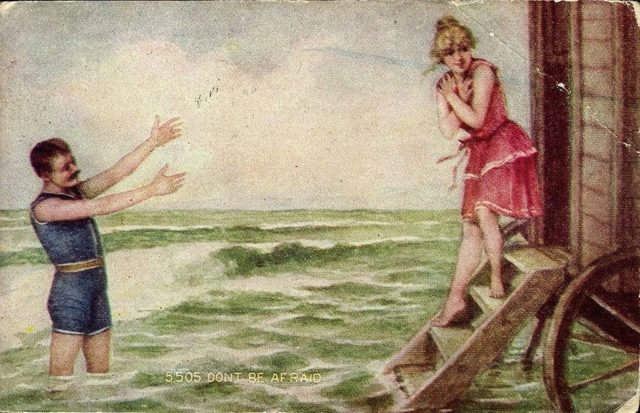
At the beginning of the 20th century, black was no longer the dominant color for swimwear. As the popularity of swimming increased, so women and men started wearing suits in brighter, more attractive colors. Most of the women complained about their bulky costumes; one woman decided to something about it and introduce a new, lighter piece of swimwear.
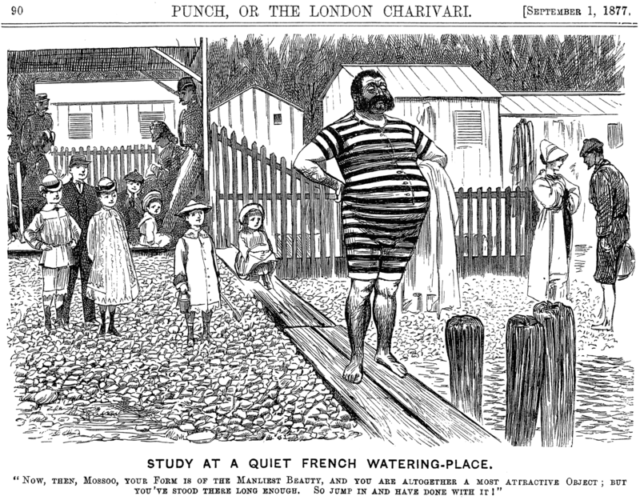
Annette Kellerman was an Australian professional swimmer and the first known to wear a one-piece swimsuit. It immediately got her into trouble. Reportedly, when in 1907 Annette appeared at the Revere Beach, north of Boston, she was arrested by the police for promotion of indecency. Nevertheless, the one-piece costume was soon wanted by the public, becoming a genuine fashion trend and the end of the cumbersome Victorian swimwear.
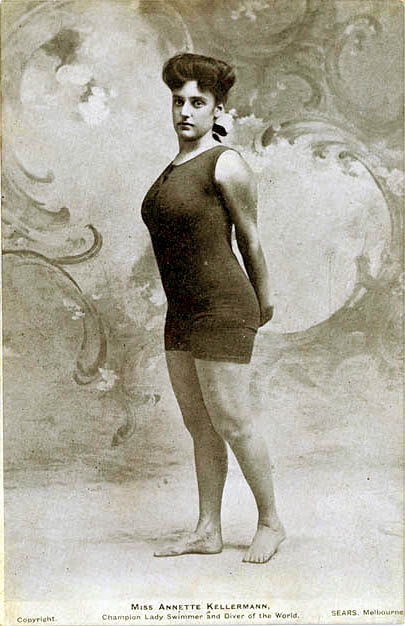
Intensive mass production during the 1920s prompted the design of a one-piece, sleeveless tank bodice with long shorts. The clothing brand Jantzen started producing enormous quantities of this model, boosting the company to become a swimwear giant.
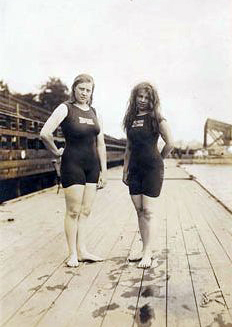
The period of the 1930s was refreshed by the company Mabs of Hollywood, the first to introduce “Lastex”– a new stretchy, synthetic, elastic-based fabric that dried quickly and thus became a popular choice among swimmers.
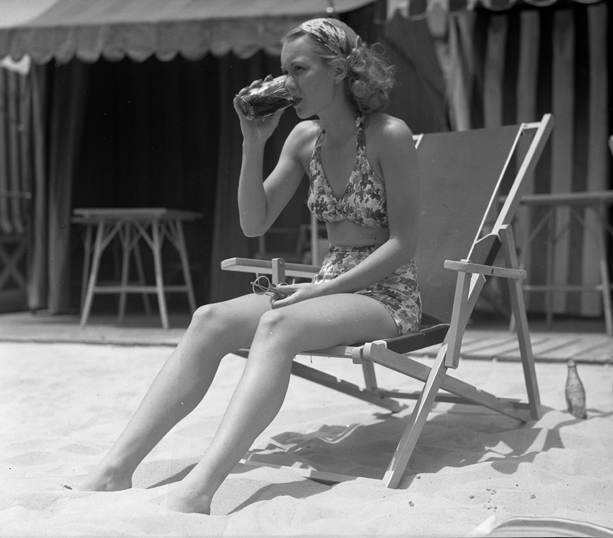
During the 1940s, sunbathing became the beach trend, vying with swimming in popularity as women started sliding down the straps and pulling up their tanks for the sake of the sun-kissed tan.
The shrewd eye of designer Jacques Heim took in what swimmers enjoyed, and in his collection, he promoted a new two-piece swimsuit, named “Atome,” which was referred to as the world’s smallest swimsuit. However, there was one man who thought even smaller than that.
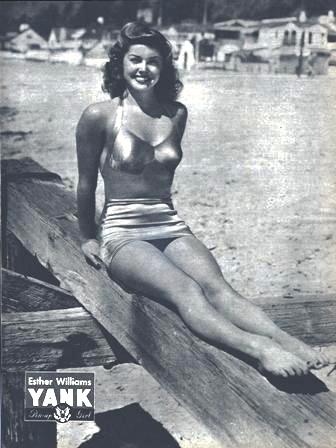
Designer Louis Reard extended Heim’s minimalistic approach by creating a swimsuit with even less fabric, in fact, his design consisted of only four fabric triangles. It was first worn by the French dancer and model Micheline Bernardinic in 1946. The name of the creation, the bikini, was inspired by the island Bikini Atoll, a test field for atomic bombs. It surely did cause an explosive public reaction, promoted by Bridget Bardot who wore a bikini on the French Riviera in 1953 to publicize one of her films and again in 1956 to draw more attention to her starring role in the film And God Created Woman.
The bikini owned the 1960s, proclaiming its status everywhere in the world. The “California Girls” promoted the so-called beach party style and the “itsy-bitsy-teeny-weeny-yellow-polka-dot bikini.” Yeah, that song. In 1964, Sports Illustrated published its first cover with the swimsuit model Babette March posing in a white bikini.
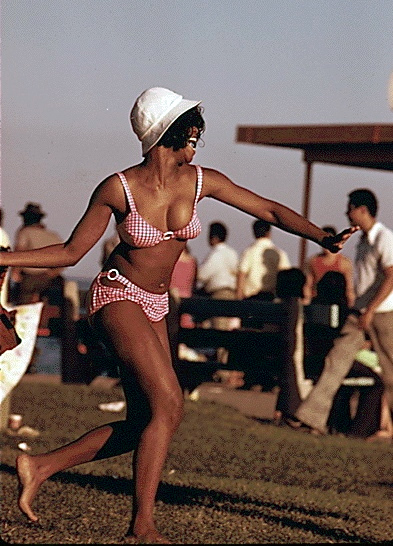
The 1970s were marked by actress Farrah Fawcett’s low-cut one-piece, which established a style of sexy simplicity. This was slightly derailed by the appearance of the thong in 1974, first in Rio de Janeiro and St. Tropez and later, with an understandable delay, in other countries as well. The 1980s followed, with high-cut bottoms.
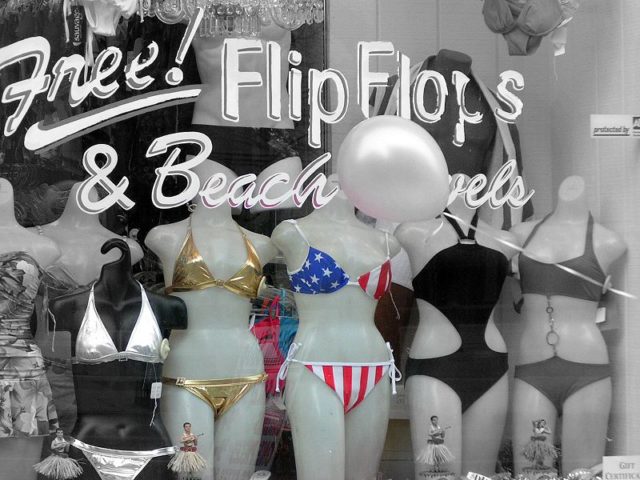
The 1990s were marked by practical, wearable styles of swimwear that might promise figure-slimming and body-shaping effects, providing a natural look with a “guaranteed” reduction of an inch or more from the waist. The popular swimsuit was accompanied by the sporty “tankini,” which provided all the coverage required by women who wanted to masque parts of their figure.
Related story from us: Victorians at the beach and the bizarre device called the “Bathing Machine”
From the 2000s to today, modern swimwear brands have expanded to offer any sort of style. The tops of the bikinis resemble regular bras, and manufacturers and retailers focus on producing separable swimsuits that can customize fit and style preferences. The bikini is still a favorite, but also a wider range of body types are catered to, hence there are attractive plus-sized that make more women feel comfortable in their own skin.
